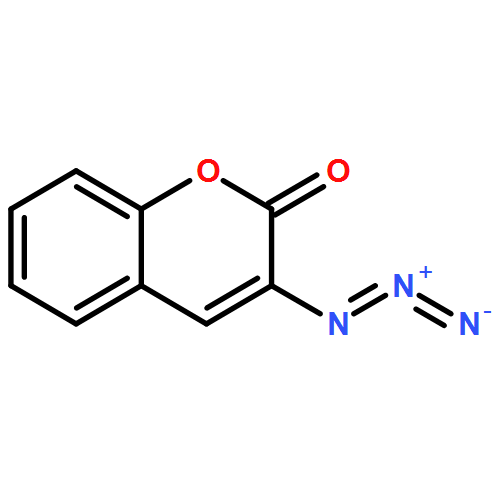Co-reporter: Shahrina Alam, Daiane S. Alves, Stuart A. Whitehead, Andrew M. Bayer, Christopher D. McNitt, Vladimir V. Popik, Francisco N. Barrera, and Michael D. Best
pp: 1021
Publication Date(Web):April 30, 2015
DOI: 10.1021/acs.bioconjchem.5b00044
For drug delivery purposes, the ability to conveniently attach a targeting moiety that will deliver drugs to cells and then enable controlled release of the active molecule after localization is desirable. Toward this end, we designed and synthesized clickable and photocleavable lipid analogue 1 to maximize the efficiency of bioconjugation and triggered release. This compound contains a dibenzocyclooctyne group for bioorthogonal derivatization linked via a photocleavable 2-nitrobenzyl moiety at the headgroup of a synthetic lipid backbone for targeting to cell membranes. To assess delivery and release using this system, we report fluorescence-based assays for liposomal modification and photocleavage in solution as well as through surface immobilization to demonstrate successful liposome functionalization and photoinduced release. In addition, fluorophore delivery to and release from live cells was confirmed and characterized using fluorescence microscopy and flow cytometry analysis in which 1 was delivered to cells, derivatized, and photocleaved. Finally, drug delivery studies were performed using an azide-tagged analogue of camptothecin, a potent anticancer drug that is challenging to deliver due to poor solubility. In this case, the ester attachment of the azide tag acted as a caging group for release by intracellular esterases rather than through photocleavage. This resulted in a dose-dependent response in the presence of liposomes containing delivery agent 1, confirming the ability of this compound to stimulate delivery to the cytoplasm of cells.
